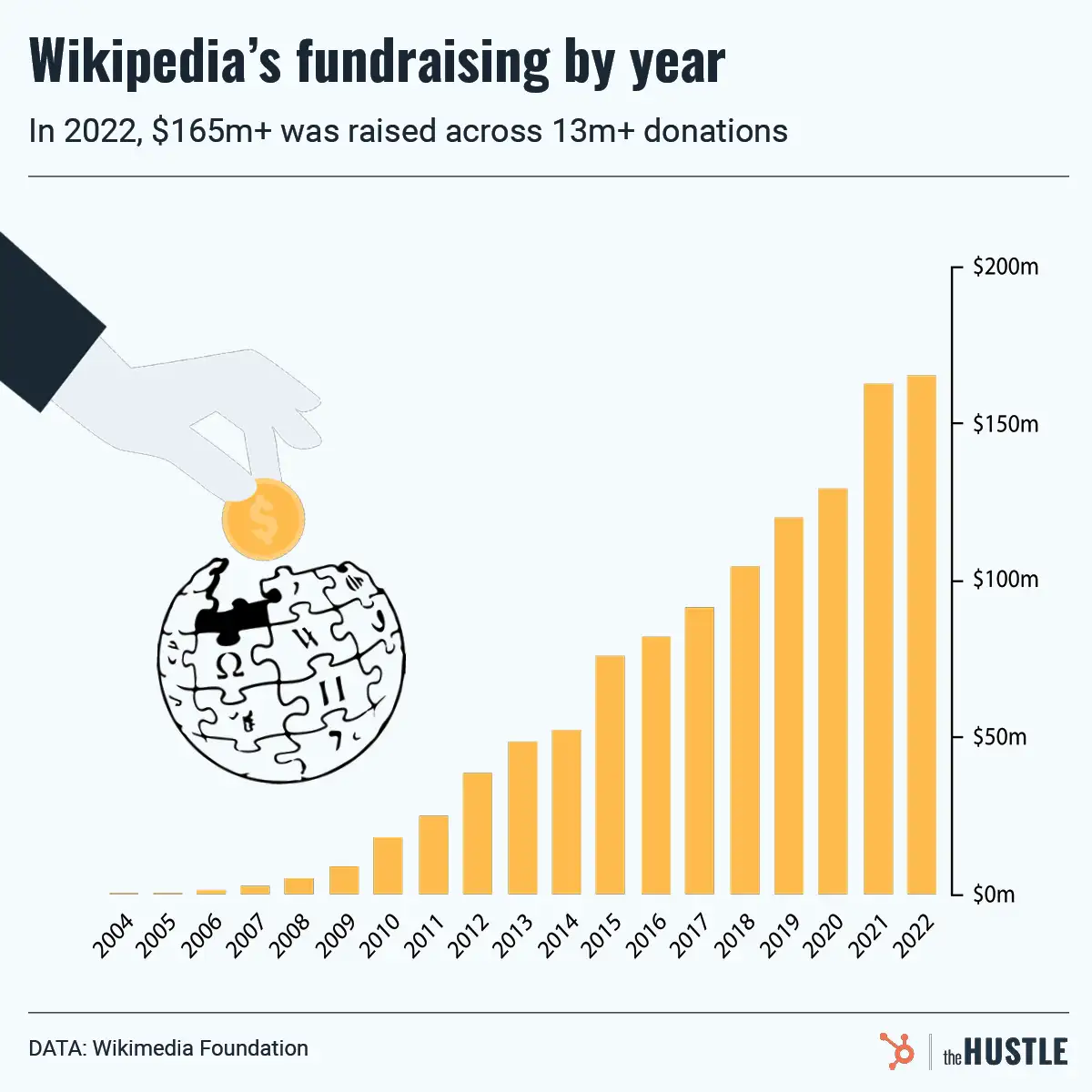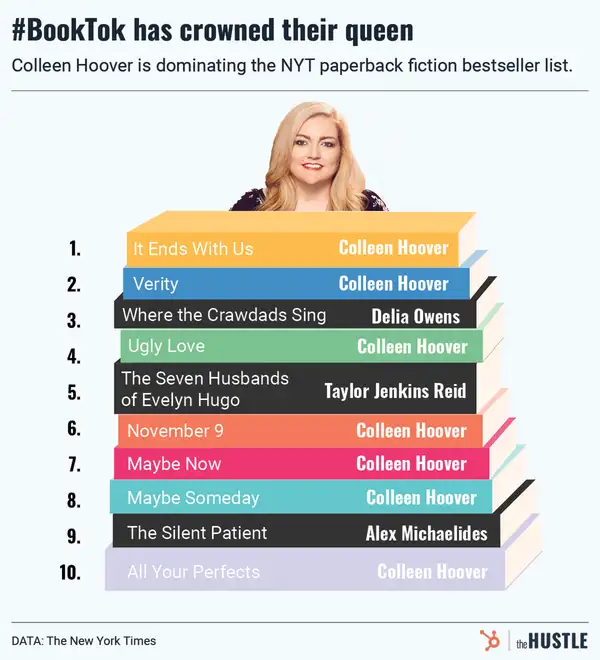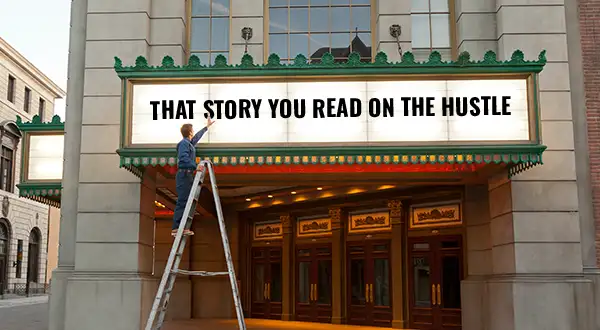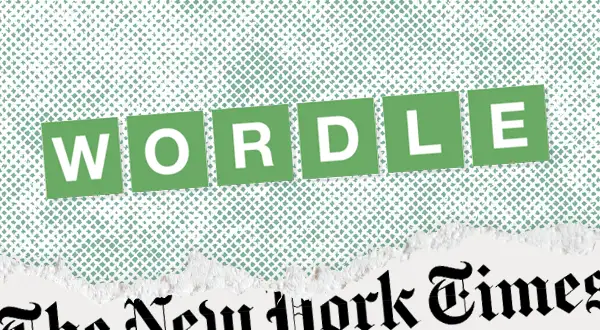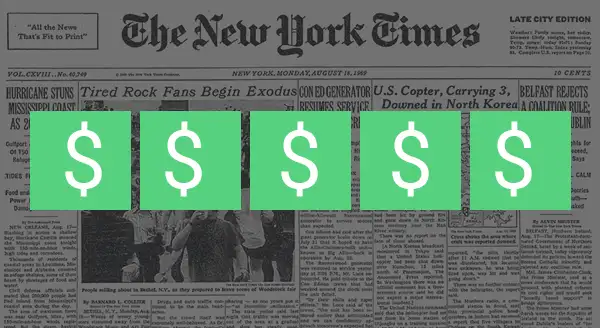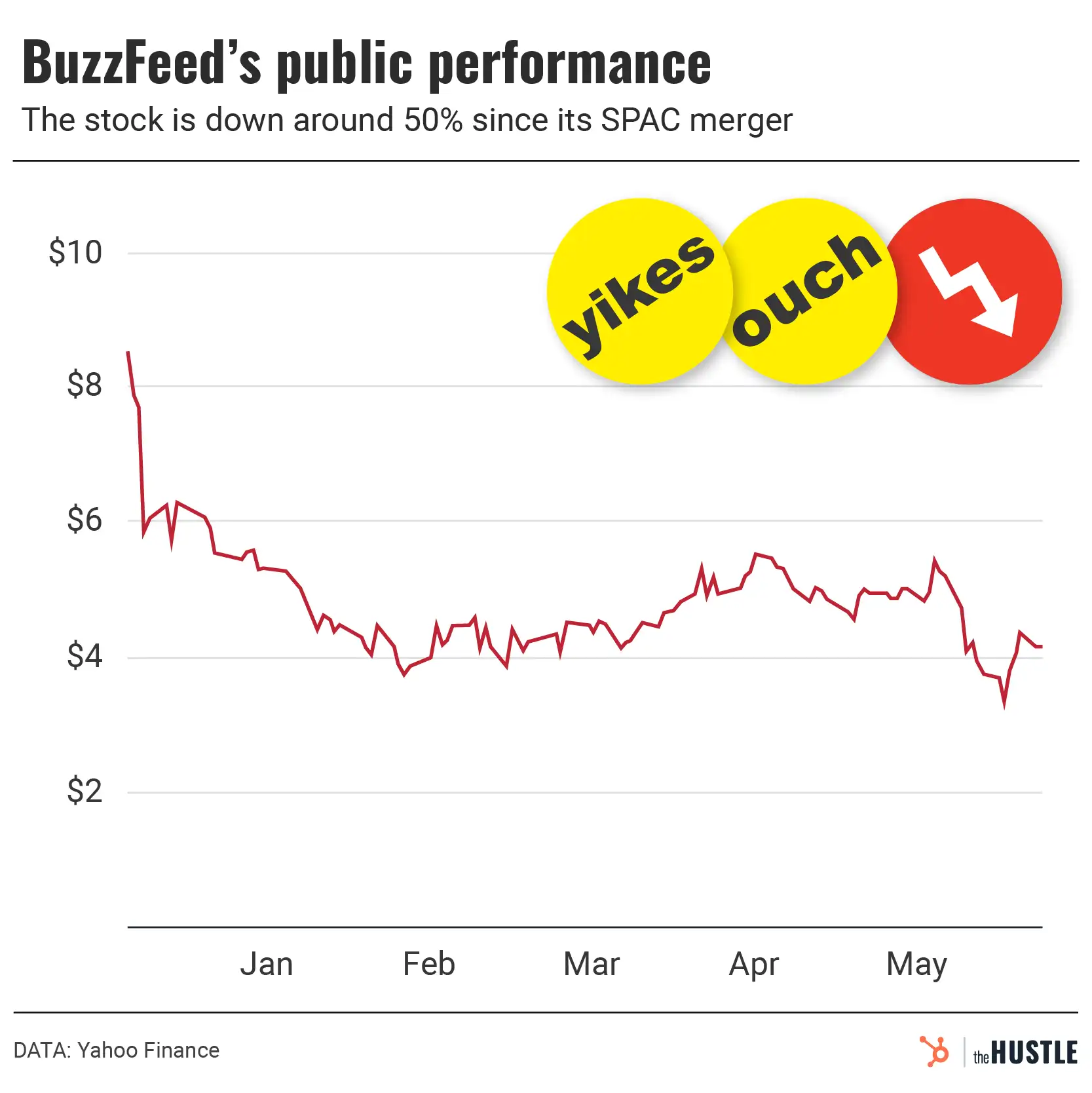Digital media in the 2010s was an absolute mess, yet it was (weirdly) defined by optimism — that print’s demise would free up future-facing investments, that social media would be a favorable partner.
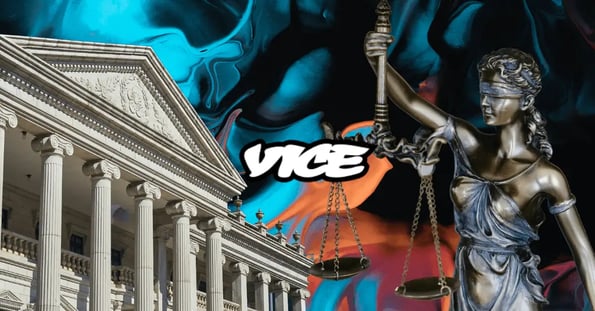
That the next great sustainable business model would take shape and save the newsrooms living on the razor’s edge.
It sure didn’t…
… and so we are here, at a rolling funeral:
- So far this year, layoffs have hit the likes of Vox Media, NPR, The Washington Post, Insider, News Corp., and far more.
- The Grim Reaper has come for Gawker (again), BuzzFeed News, “Vice News Tonight,” and MTV News, among many others.
Any publications you know and love not listed above? Assume they’ve suffered, too.
- Perhaps just kneecapped in more subtle ways — editorial leaders pushed out, roles never backfilled, budgets that slice benefits or freelancers (or all of the above).
- Or perhaps they’re soon to join Vice Media in bankruptcy; the company turned to Chapter 11 yesterday.
It’s quite the downfall — just six years ago, Vice lived atop the media world, swaggering to a peak valuation of $5.7B.
Where did it all go wrong?
Journalist Simon Owens pinpoints a stealthy reason why everything came apart: many once-proud digital media giants devalued their own ad inventory.
- Embracing a programmatic ad model that “decoupled the reader from the publication they’re reading,” Owens argues, made it stop mattering if ads were served alongside quality journalism; just that marketers reached their target demographics.
- Thoughtful, brand-building content (often costly to produce) fell out of favor; quantity and clickbait won the day.
To deliver those ads, media orgs bet on social media companies being cool with sending the masses away from their own platforms.
As it turns out — nope, they weren’t cool with that.





